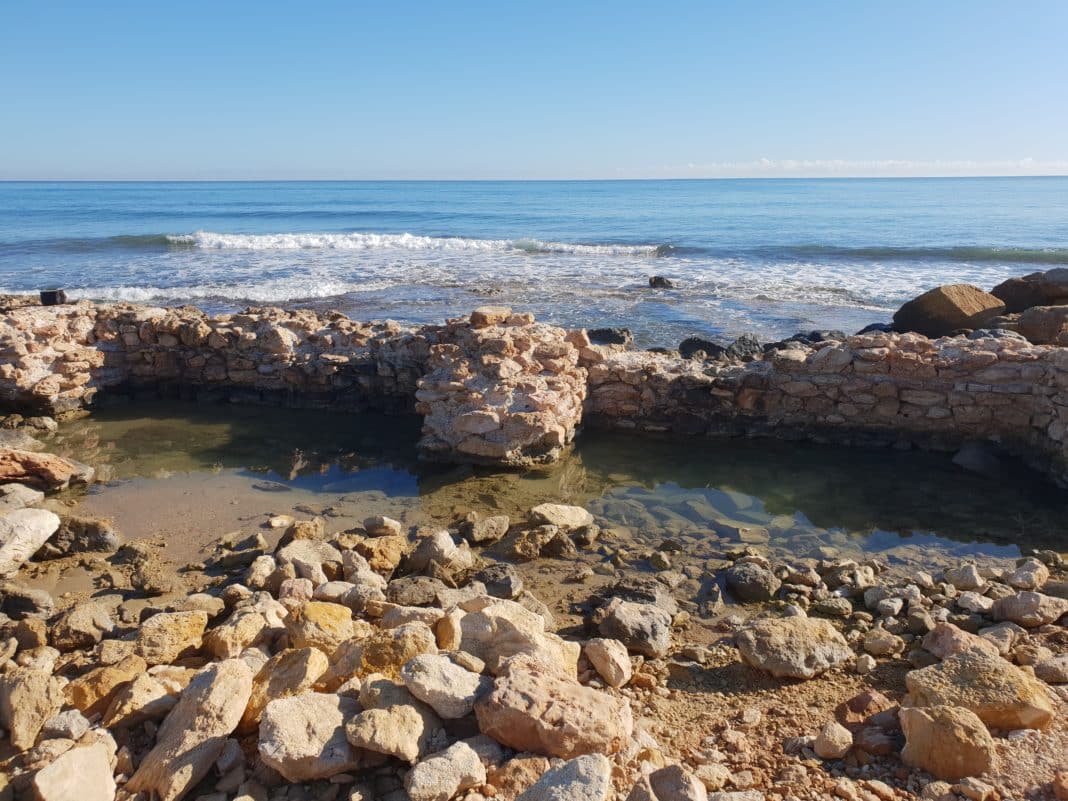In La Mata, the oldest archaeological remains of the whole area are preserved, which are the origin of what will later be the population of Torrevieja.
Although very degraded by the passage of time, north of La Mata are the preserved remains of a Roman pier of great importance that was built in the first century and of which today we can see a structure of more than thirty metres in length.
Pablo Samper, candidate for mayor of Sueña Torrevieja, proposes “the rehabilitation and dissemination of the archaeological remains of the pier of La Mata and the north of the Lagoon, as well as the construction of an interpretation centre to highlight the numerous archaeological materials found in the vicinity of the site, incorporate explanatory panels, design accessible routes and make dramatized visits. Likewise, this project would bring with it the integral adaptation of calles Emperadores and Lecha, the creation of a green area throughout the affected environment and a large capacity car park for public use.”
Sergio Boj, member of the Electoral Committee of Sueña Torrevieja, affirms that “the importance of the territory in which we find ourselves lies in the fact that La Mata was between two commercial routes of great importance and activity during Antiquity”.
On the one hand, a maritime one that connected the entire western Mediterranean coast from Cádiz to Rosas, in Girona, and whose boats were forced to rest continuously in numerous points of the coast as it was a cabotage navigation. Submerged in the sea, countless amphorae and other objects have been found that describe the frenetic activity that the territory experienced as a place of loading and commercialisation of salt, esparto, salted fish and “garum”, a sauce very coveted in the Roman world and that was made with fish guts, spices and salt.
On the other hand, inland and bordering the lagoons of Torrevieja, is the Via Augusta, the longest Roman road in Hispania and that ran from Cádiz to the Pyrenees. We know that the road ran through Campoamor, San Miguel, Montesinos, Rojales and Elche, where there would be a connection with the lagoon of La Mata for the export of salt and derived products, according to the remains of numerous pools found submerged north of the lagoon of La Mata that could be an old salting factory.
Samper concludes by stating that “the implementation of this proposal would add tourist and cultural attraction through the recognition and enhancement of a heritage that is typical of La Mata and that for a long time has been ignored, directly affecting the economy of the population thanks to the increase in the influx of visitors and hikers that will be generated”.






